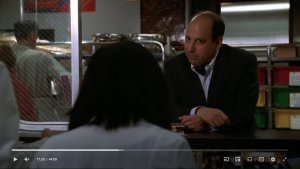Nike Jordan
Supporter
- 32,473
- 76,732
- Joined
- Jun 27, 2002
All of the episodes on GO are HD.So the episodes on HBOGO are all the new HD episodes?
Just wanna make sure before i tell my friend to start.
Ive had him waiting patiently for the HD episodes ever i heard the announcement.
Just wanna make sure he gets the best experience, itll be his first time.







































